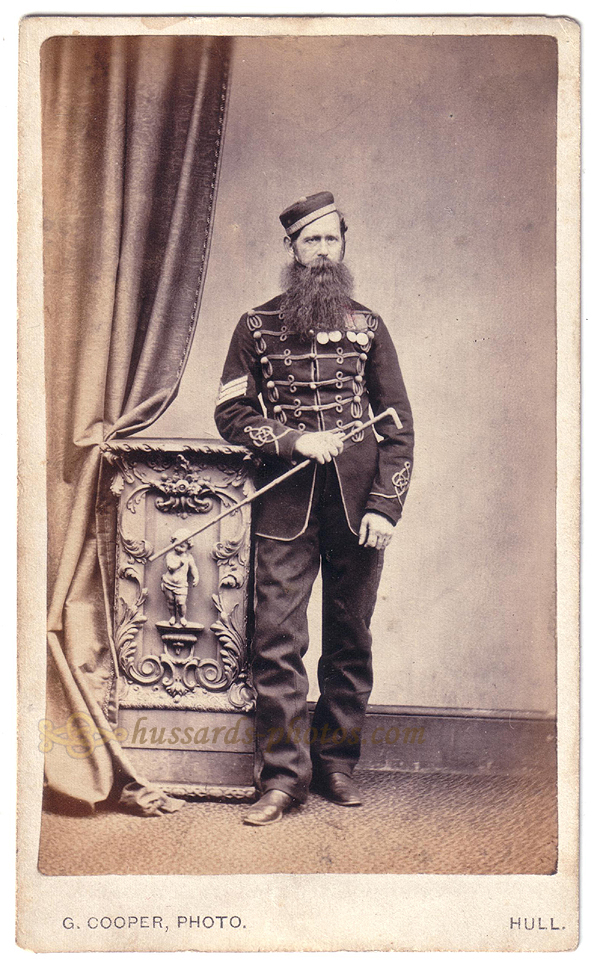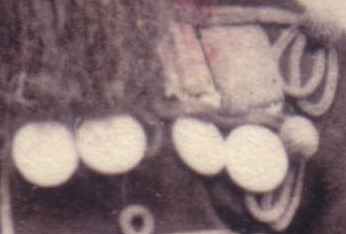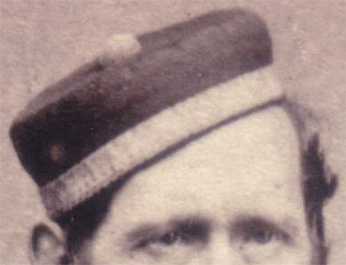
United Kingdom

|
Carte-de-Visite, studio G.Cooper in Hull |
|
|
Sergeant in a Hussar Regiment |
|
| This bearded NCO has
seen some action, as testifies his bemedalled chest.
The second medal from the right, only partly obscured by the beard, is the Indian Mutniy Campaign Medal (it can be recognized thanks to its typical suspender and striped ribbon). Recognizing the other medals is a bit difficult ; typically the medals to the left would be Campaign Medals from pre-Indian Mutiny Wars ; the Medal to the far right looks like it has a plain ribbon and typical British suspender ; it may well be a Long Service and Good Conduct Medal. But let's get back to these previous Campaign Medals ; Let's have a look at the various Regiments engaged in the Indian Mutiny, and try to find out which previous service that may relate to (provided of course he did not change regiments...) |
 |
| The 7th
Hussars : They had been sent in 1838 to Canada (where they stayed until 1842) but did not see acton there ; the next 15 years were to be peaceful, until they were sent to India. The 8th Hussars : The 14th Hussars : So we have two contenders, 8th and 14th Hussars. The photograph itself is a Carte-de-Visite that has a typical mid-1860s look and feel. In the 1860s, both Regiments were stationed in the UK : The 8th Hussars : The 14th Hussars : |
|
| It seems
therefore that this sergeant probbaly belongs to the 8th Hussars, the
photo dating from 1864-65. That would make sense as there probably was a
limit of time for which soldiers on return from active duty were allowed
to keep their beards. It should be noted that the 19th, 20th and 21st
Hussars, raised after the Mutiny but from soldiers who had seen action
in that campaign, only came back to England in (respectively) 1870, 1872
and 1873 (which does not match the document). One provision though : a member of the 8th Hussars would most likely have been awarded the Clasp for Central India - that doesn't show here. The key certainly rests in the undress cap pattern (very plain), that should allow to positively identify the regiment. I somehow lack documentation on the subject however. Any help welcome ! This research and questions should not prevent from admiring the composition of the photograph : notice how the stance of the sergeant matches that of the cherub carved on the prop pillar ! |
 |